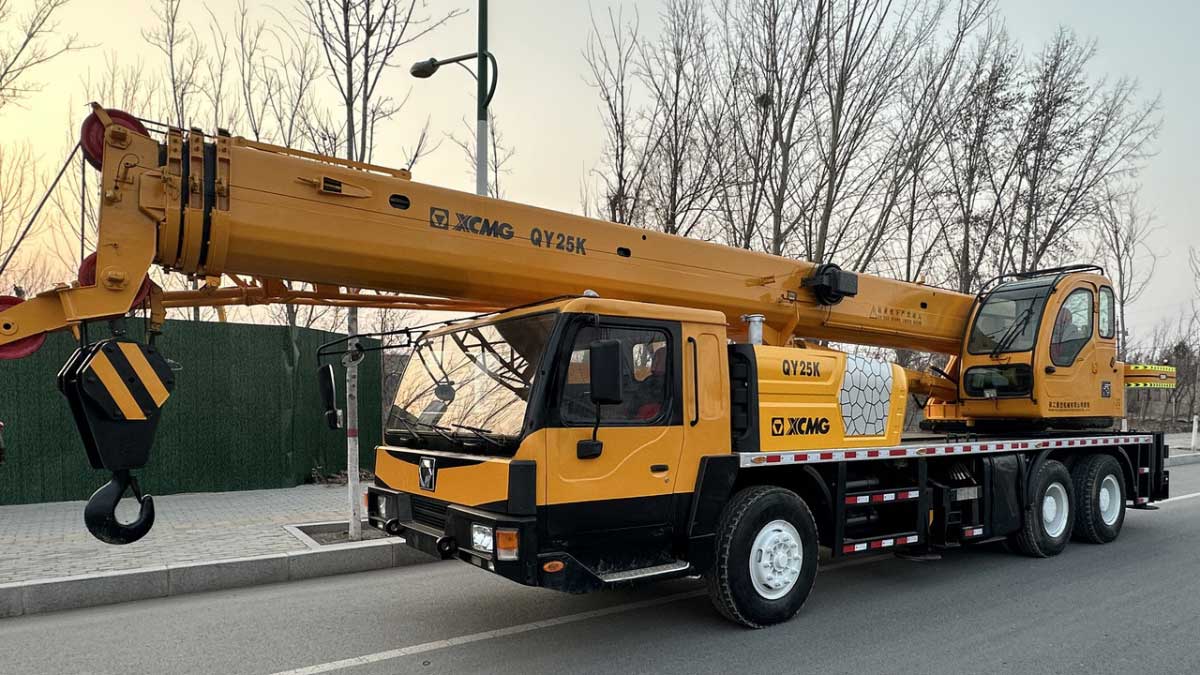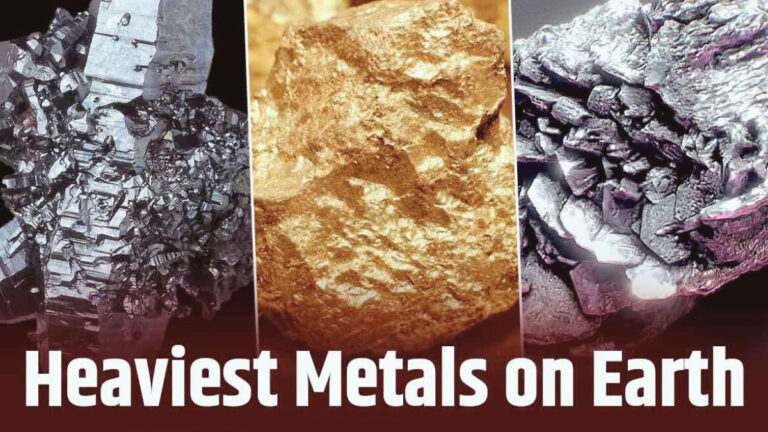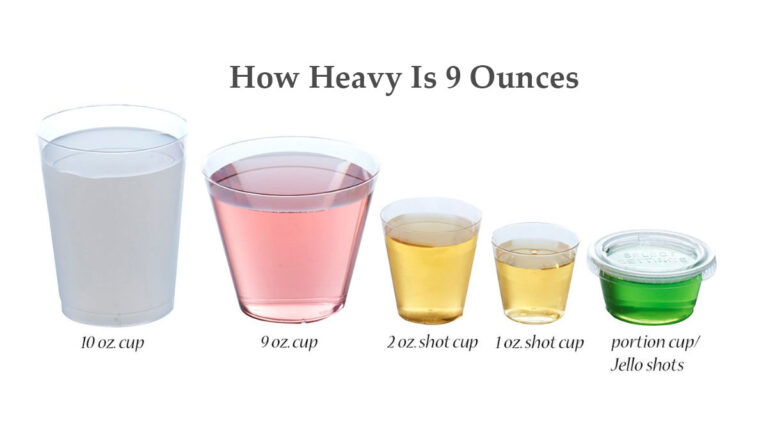How Heavy Is 25 Tons: Understanding Massive Weights
When you hear the phrase “25 tons,” it might sound like an abstract concept, but it’s actually a staggering amount of weight. To put it in perspective, 25 tons is equivalent to 50,000 pounds or about four times the weight of an adult elephant. This massive weight can be hard to visualize, but it’s crucial to understand its magnitude, especially when dealing with heavy machinery or large-scale transportation.
Imagine the heft of a fully loaded garbage truck or a fire truck—these are just a couple of examples that tip the scales at around 25 tons. This weight class isn’t just limited to industrial vehicles; it also includes items like a catamaran yacht or a loaded charter bus. Understanding what 25 tons looks like can help you better grasp the scale and logistics involved in industries that regularly deal with such immense weights. Dive in to explore more about what makes up this colossal figure.
Key Takeaways
- Magnitude of 25 Tons: 25 tons equals 50,000 pounds, akin to the weight of a fully loaded garbage truck or four adult elephants, underscoring its significant heft in practical scenarios.
- Weight Conversion: Understanding the conversion from tons to pounds, where 1 U.S. ton equals 2,000 pounds, is crucial for industries that deal with heavy machinery and logistics.
- Examples of 25-Ton Objects: Common items weighing 25 tons include transportation and industrial vehicles like garbage trucks, fire trucks, and vehicles like the Garcia 48 Catamaran Yacht, illustrating the weight’s practical relevance.
- Comparative Weight Analysis: Imagining comparable weights such as cruise ship anchors or multiple elephants helps visualize and comprehend the substantial mass of 25 tons.
- Significance Across Fields: The understanding of 25 tons is critical in fields like construction, engineering, and environmental studies, influencing logistics, vehicle dynamics, and ecological footprints.
Understanding Weight Measurements
Grasping weight measurements involves knowing common units like tons and pounds. These units help quantify heavy objects and relate to real-world scenarios.

What Is a Ton?
A ton is a unit of weight used primarily in the United States. One U.S. short ton equals 2,000 pounds or about 907.18474 kilograms. It’s different from the UK long ton, which weighs 2,240 pounds, and the metric ton at 2,204.62 pounds. The U.S. ton helps measure large objects and quantities in industries like construction and transportation.
What Is a Pound?
A pound, part of the U.S. customary and imperial systems, equals 16 ounces or roughly 0.45359237 kilograms. It’s used in everyday contexts and scientific fields. In the avoirdupois and apothecaries’ systems, a pound equates to 7,000 grains. Abbreviated as lb or lbs, the pound helps in measuring various items from groceries to body weight. Understanding this unit is crucial for both daily life and professional applications.
Converting Tons to Pounds
Understanding how to convert tons to pounds is crucial when dealing with heavy weights in fields like construction and transportation. This conversion is straightforward, as one U.S. ton equals 2,000 pounds.
How Many Pounds Are in 25 Tons?
Let’s say you need to find out how many pounds are in 25 tons . It’s actually super easy—you just need to multiply by a conversion number!
The Formula:
To change tons into pounds , you multiply the tons by 2,000 (because 1 ton = 2,000 pounds ). pounds=tons×2,000
Example: Converting 25 Tons to Pounds
Let’s apply the formula to 25 tons .25 tons×2,000 pounds/ton=50,000 pounds
So, 25 tons = 50,000 pounds .
Ton to Pound Conversion Table
The conversion process is easy with this handy table, simplifying the understanding of different weight measurements:
| Tons | Pounds |
|---|---|
| 0.001 | 2 |
| 0.01 | 20 |
| 0.1 | 200 |
| 1 | 2,000 |
| 5 | 10,000 |
| 10 | 20,000 |
| 25 | 50,000 |
Using this table, you can quickly assess how many pounds correspond to a given weight in tons. This is particularly useful for planning and logistical tasks in professional settings.
Examples of Objects Weighing 25 Tons
A 25-ton object or vehicle is immensely heavy, equivalent to 50,000 pounds. It’s crucial to comprehend such massive weights, which are often found in industries like construction and transportation.
Transportation and Industrial Vehicles
- Fully Loaded Garbage Truck: This vehicle weighs close to 25 tons. Built to haul substantial waste, the combined weight of the truck and its cargo reaches this climactic figure.
- 1986 John Deere 790 Excavator: Weighing about 25 tons, this construction equipment is essential for excavating sites, thanks to its robust design that supports heavy digging activities.
- Average Fire Truck: Although varied, these trucks usually weigh between 19 to 30 tons depending on their equipment. Their heft is due to the essential firefighting gear they carry.
- Snow Plow: A fully loaded snow plow truck, with its attachments and snow load, can weigh from 10 to 28 tons. These vehicles manage the toughest winter storms with their substantial mass.
- Garcia 48 Catamaran Yacht: This yacht weighs around 25 tons. Cutting through waves with precision, it exemplifies the balance of weight for efficient maritime navigation and stability.
- Interim Armored Vehicle: Weighing approximately 25 tons, these vehicles provide essential protection for military personnel. Their weight supports heavy armor and tactical equipment, crucial in combat scenarios.
Understanding these examples not only aids in grasping the concept of 25 tons but also reveals their practical applications in crucial sectors like public safety, construction, and defense.
Comparing Weights
Understanding how heavy 25 tons is may seem challenging, yet it’s easier with relatable comparisons. Visualizing this weight through familiar objects can provide a clearer picture.
- Garbage Trucks: Imagine a fully loaded garbage truck parked on your street. This vehicle, a common sight during garbage collection days, weighs in at approximately 25 tons.
- Elephants: Consider the massive African bush elephant, one of the largest land mammals. At 6.1 tons on average, you would need the weight of four elephants to reach 25 tons.
- Cruise Ship Anchors: Picture the enormous anchor of a cruise ship such as the RMS Queen Elizabeth 2, a prominent vessel. This forward anchor weighs about 11.3 tonnes, making 25 tons roughly twice its weight.
- Tyrannosaurus Rex: Transport yourself back to the time of the dinosaurs and observe the mighty Tyrannosaurus rex, estimated at 8.8 tonnes. Three T-rexes match the 25-ton weight.
- Grizzly Bears: Visualize the formidable grizzly bear at about 0.5210 tonnes. It would take around 50 of these bears to equal the impressive weight of 25 tons.
These comparisons showcase the substantial weight 25 tons represents, allowing you to imagine it in the context of both everyday vehicles and extraordinary creatures. This perspective not only highlights its enormity but also its relevance in understanding large-scale weights across various everyday and historical examples.
Significance of 25 Tons in Various Fields
Understanding the weight of 25 tons plays a crucial role across several domains, providing insights into the practical applications and logistical challenges.
Construction and Engineering
In construction and engineering, especially concerning earth and rock-fill dams, 25 tons represents a significant quantity. Large-scale projects like the Itaipu Dam, which required moving 50 million tons of earth and rock, highlight this. Though 25 tons seems small relative to the total, it can fill a vital role for certain tasks, such as foundation preparation or specific filling operations. Compaction is vital, with construction standards like those from the US Army Corps of Engineers emphasizing proper material processing and assessment.
Environment and Travel
In environmental and travel contexts, 25 tons can have diverse implications. For instance, a fully loaded charter bus typically weighs around 25 tons. This weight impacts vehicle dynamics and emissions, which are critical considerations in transportation projects. Additionally, understanding the equivalent of 25 tons helps assess ecological footprints and resource consumption in travel and tourism industries, particularly concerning vehicle use and efficiency improvements.
By recognizing the weight of 25 tons in these fields, you gain clarity on its role in influencing various practical and strategic decisions.
Conclusion
Grasping the weight of 25 tons is essential for both personal understanding and professional applications. This knowledge aids in visualizing the scale of heavy machinery, vehicles, and even natural creatures. Recognizing the significance of such weight in construction, transportation, and environmental contexts can enhance your decision-making and strategic planning. Whether you’re involved in large-scale projects or simply curious about weight comparisons, understanding 25 tons offers valuable insights into the world around you.







